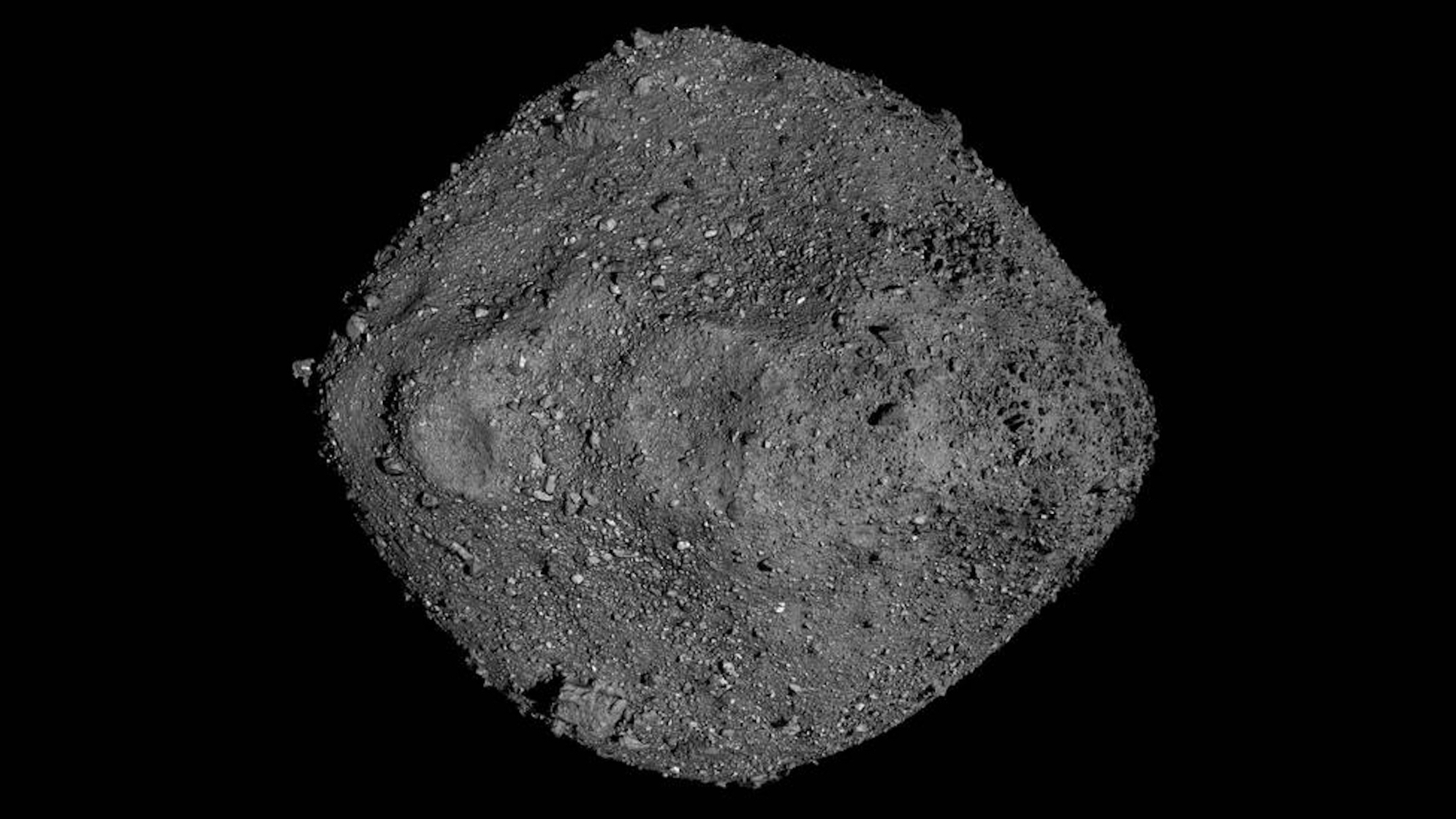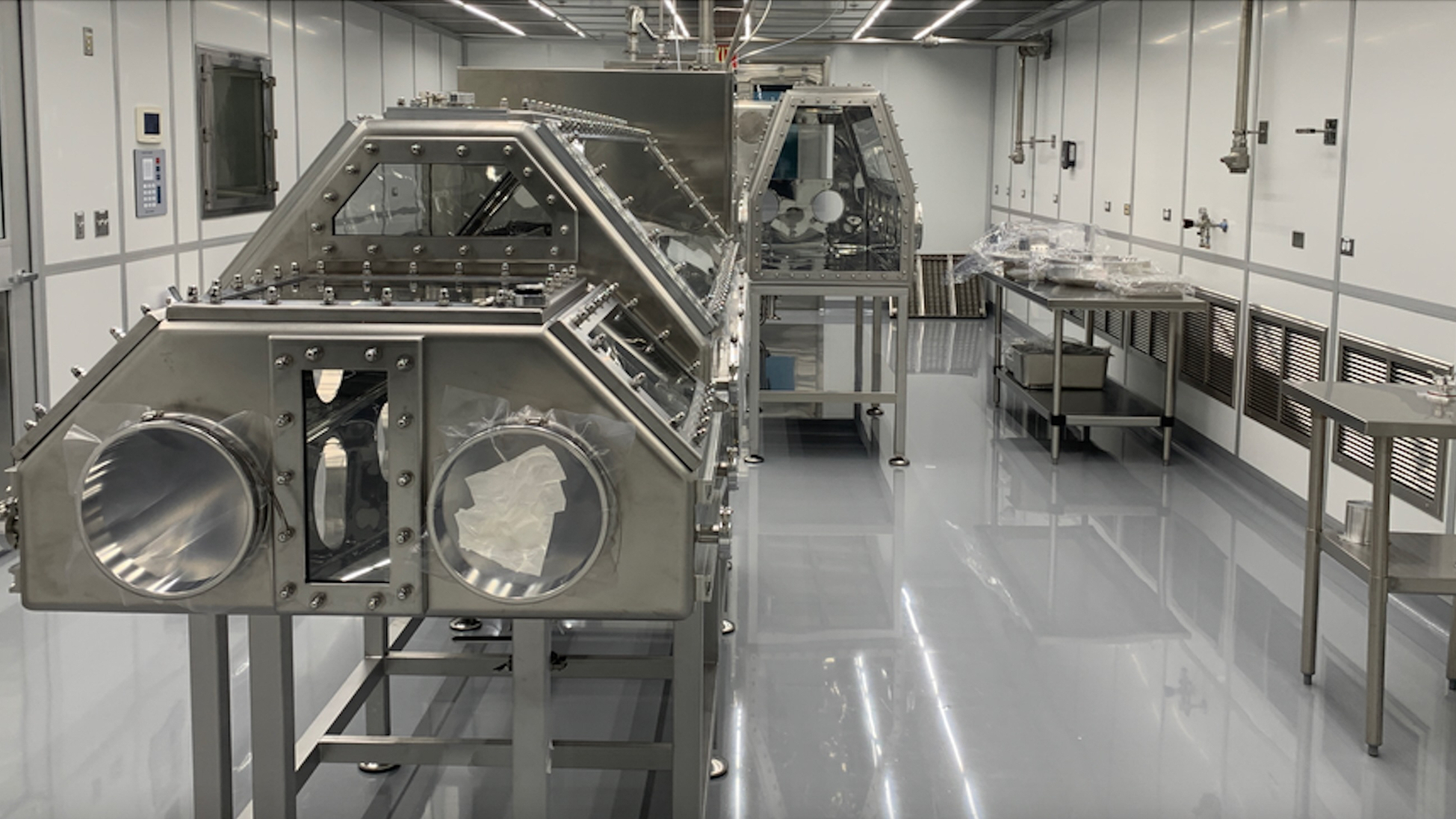Who will get OSIRIS-REx's asteroid samples after they land this weekend?

A precious bounty of asteroid samples is set to arrive on Earth this weekend, and scientists around the world can't wait.
Early on Sunday morning (Sept. 24), NASA's OSIRIS-REx probe will release a capsule containing about 8.8 ounces (250 grams) of material collected from a 1,650-foot-wide (500 meters) asteroid named Bennu. If all goes according to plan, the capsule will land in the desert of northern Utah that day at 10:54 a.m. EDT (1454 GMT).
But the sample's travels won't end there.
Related: Dramatic sampling shows asteroid Bennu is nothing like scientists expected
In Utah, a recovery team will take the capsule apart, remove the canister containing the Bennu material and prepare the sample for transport. Such work should take about a day, according to NASA's OSIRIS-REx sample-return press kit.
On Monday (Sept. 25) or thereabouts, the sample will be loaded on a plane and flown to NASA's Johnson Space Center (JSC) in Houston. The asteroid dirt and gravel will then make its way to a newly built curation facility managed by the agency's Astromaterials Research and Exploration Science (ARES) division.
ARES "is home to the world’s most extensive collection of extraterrestrial materials — including lunar rocks, solar wind particles, meteorites, cosmic dust, and comet samples," NASA officials wrote in the press kit.
Breaking space news, the latest updates on rocket launches, skywatching events and more!
The OSIRIS-REx science team will then spend two years studying the sample and conducting analyses needed to meet the $1 billion mission's chief research goals. Those goals include shedding further light on the solar system's early days and mapping out the role carbon-rich asteroids like Bennu may have played in delivering the building blocks of life to Earth long ago.
The team consists of more than 200 people based at 35 institutions around the world. NASA officials have said these researchers will have access to about 25% of the Bennu material.
The Canadian Space Agency will get 4% of the sample, in return for contributing OSIRIS-REx's laser altimeter instrument. The Japan Aerospace Exploration Agency (JAXA) will get 0.5%, as part of a partnership with NASA that features collaboration between OSIRIS-REx and JAXA's Hayabusa2 asteroid sample-return mission.
Hayabusa2 returned about 0.2 ounces (5 g) of the asteroid Ryugu to Earth in December 2020. NASA got 10% of that sample. (Despite the lower percentage, JAXA's Bennu haul will likely be larger than NASA's Ryugu allocation, given how much material OSIRIS-REx collected.)
NASA will keep the remaining 70% of the Bennu sample at JSC, preserving it "for study by scientists not yet born, using technologies not yet invented, to answer fundamental questions about the solar system," the press kit states.
The agency employed this same approach with moon material brought home by the Apollo astronauts from 1969 to 1972. Scientists continue studying the Apollo material today, steadily revealing new insights about the moon and its history.
NASA also made some Apollo moon rocks available to museums, allowing regular folks to get a close-up look at off-Earth stuff. The agency will almost certainly do the same with the OSIRIS-REx material, so expect some announcements on that front over the next few years.

Michael Wall is a Senior Space Writer with Space.com and joined the team in 2010. He primarily covers exoplanets, spaceflight and military space, but has been known to dabble in the space art beat. His book about the search for alien life, "Out There," was published on Nov. 13, 2018. Before becoming a science writer, Michael worked as a herpetologist and wildlife biologist. He has a Ph.D. in evolutionary biology from the University of Sydney, Australia, a bachelor's degree from the University of Arizona, and a graduate certificate in science writing from the University of California, Santa Cruz. To find out what his latest project is, you can follow Michael on Twitter.

